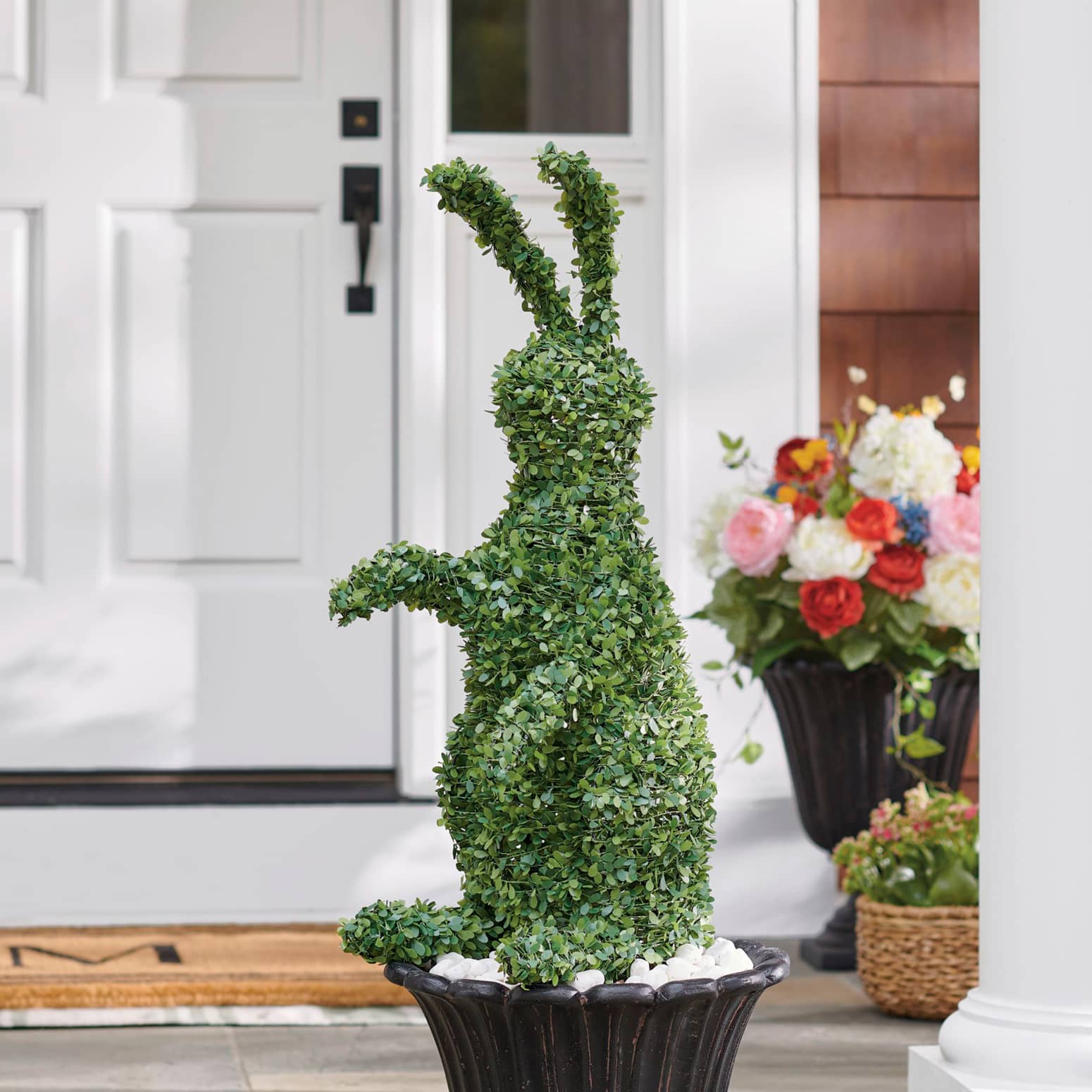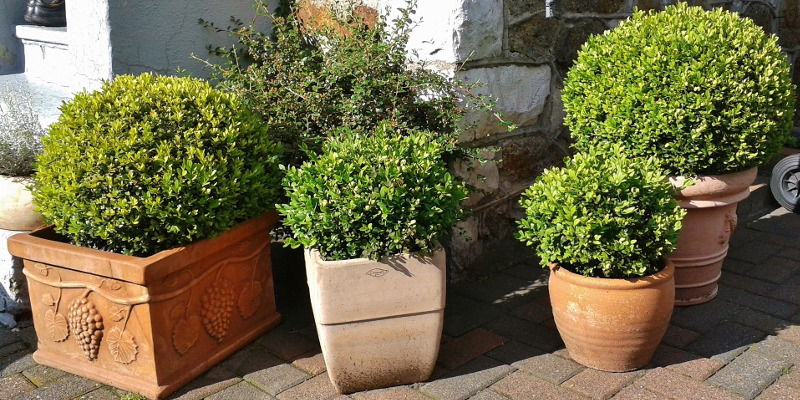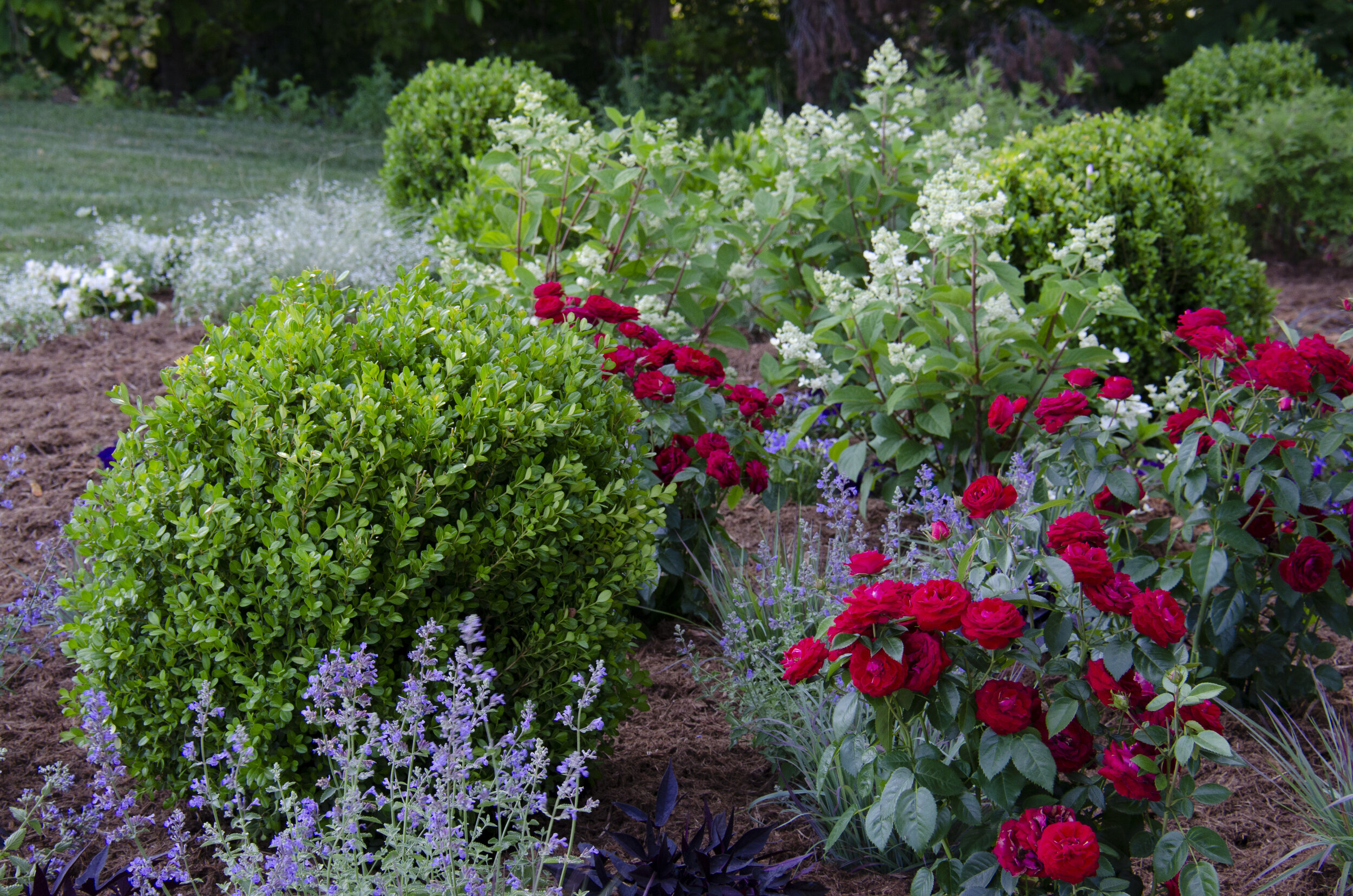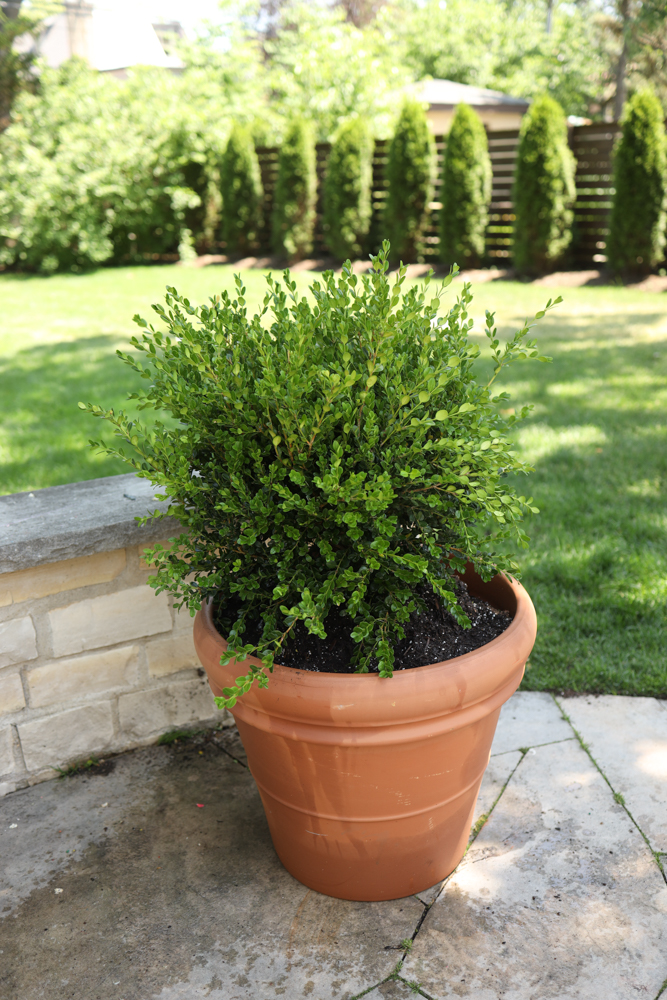Boxwood Bushes: The Easycare Shrub That Will
Boxwood Bushes: The Easy-Care Shrub That Will Add Beauty and Structure to Your Landscape
Boxwood bushes are a popular choice for gardeners of all levels of experience. They are known for their dense, evergreen foliage, which provides year-round interest in the landscape. Boxwoods are also relatively easy to care for, making them a good choice for busy homeowners.
In this blog post, we will discuss the benefits of growing boxwood bushes, as well as some tips on how to care for them. We will also explore the different types of boxwoods available, so you can choose the right one for your needs.
Benefits of Growing Boxwood Bushes
There are many reasons to consider growing boxwood bushes in your landscape. Here are just a few of the benefits:
- Easy care: Boxwoods are relatively low-maintenance shrubs. They are drought-tolerant once established, and they can tolerate a wide range of soil conditions.
- Evergreen: Boxwoods retain their leaves year-round, which provides beauty and structure to the landscape during the winter months.
- Versatile: Boxwoods can be used in a variety of landscape settings. They can be used as hedges, borders, or foundation plantings. They can also be used to create topiary or other formal shapes.
- Attractive: Boxwoods have dense, glossy foliage that is a popular choice for gardeners. They come in a variety of sizes and shapes, so you can find one that will fit your needs.
Types of Boxwoods
There are many different types of boxwoods available, each with its own unique characteristics. Here are a few of the most popular types:
- English boxwood: This is the most common type of boxwood. It is a slow-growing shrub that can reach heights of 6-8 feet. English boxwood is a good choice for formal gardens and hedges.
- Japanese boxwood: This is a smaller type of boxwood that is often used in topiary or other formal shapes. Japanese boxwood is a good choice for small gardens or containers.
- Korean boxwood: This is a hardy type of boxwood that is resistant to pests and diseases. Korean boxwood is a good choice for cold climates.
How to Care for Boxwood Bushes
Boxwoods are relatively easy to care for, but there are a few things you should keep in mind:
- Watering: Boxwoods need regular watering, especially during the first year after planting. Once established, they are more drought-tolerant.
- Fertilizing: Boxwoods should be fertilized once a year in the spring. Use a balanced fertilizer, such as 10-10-10.
- Pruning: Boxwoods can be pruned in the spring or fall. If you are shaping the shrub, prune it in the spring. If you are removing dead or damaged branches, prune it in the fall.
- Winter protection: In cold climates, boxwoods may need to be protected from the cold. Mulch the soil around the shrub to help insulate it. You may also need to cover the shrub with a burlap sack or other protective material.
Conclusion
Boxwood bushes are a beautiful and versatile addition to any landscape. They are easy to care for and can add year-round interest. If you are looking for a low-maintenance shrub that will add beauty and structure to your yard, consider growing boxwoods.
Boxwood bushes are a popular choice for gardeners because they are evergreen, dense, and easy to care for. They can be used to create formal hedges, borders, or topiary shapes. If you are interested in learning more about boxwood bushes, I recommend visiting Garden Wiki. This website has a wealth of information about the history, care, and uses of boxwood bushes.
In addition to providing comprehensive information about boxwood bushes, Garden Wiki also features beautiful photos and videos of these versatile plants. Whether you are a beginner gardener or an experienced horticulturist, you will find something of value on this website.
So what are you waiting for? Visit Garden Wiki today and learn more about these amazing plants!
FAQ of boxwood bushes
1. What are the most common types of boxwood bushes?
There are many different types of boxwood bushes, but some of the most common include:
- English boxwood (Buxus sempervirens)
- Japanese boxwood (Buxus microphylla)
- Wintergreen boxwood (Buxus harlandii)
- Korean boxwood (Buxus koreana)
- American boxwood (Buxus nigra)
These different types of boxwood bushes vary in size, shape, and color. English boxwood is the most common type of boxwood, and it is known for its dense, dark green foliage. Japanese boxwood is smaller than English boxwood, and it has a more rounded shape. Wintergreen boxwood is a hardy type of boxwood that is resistant to cold weather. Korean boxwood is a fast-growing type of boxwood that is often used for hedges. American boxwood is a native North American species that is tolerant of shade.
2. How do I care for boxwood bushes?
Boxwood bushes are relatively easy to care for, but they do require some basic care. Here are some tips on how to care for boxwood bushes:
- Plant boxwood bushes in full sun or partial shade.
- Water boxwood bushes deeply and regularly, especially during hot, dry weather.
- Fertilize boxwood bushes in spring and fall with a balanced fertilizer.
- Prune boxwood bushes in late winter or early spring to maintain their shape.
- Protect boxwood bushes from winter cold by covering them with burlap or evergreen boughs.
3. What are the most common pests and diseases of boxwood bushes?
Boxwood bushes are susceptible to a few pests and diseases, including:
- Boxwood leaf miner
- Boxwood scale
- Boxwood blight
- Boxwood dieback
These pests and diseases can cause damage to boxwood bushes, so it is important to monitor your plants for signs of problems. If you see any signs of pests or diseases, you can treat them with insecticidal soap, horticultural oil, or fungicide.
4. What is the most common use for boxwood bushes?
Boxwood bushes are versatile plants that can be used for a variety of purposes, including:
- Hedges
- Topiary
- Specimen plants
- Mass plantings
- Groundcovers
Boxwood bushes are also popular for use in formal gardens and as part of foundation plantings.
5. How long do boxwood bushes live?
Boxwood bushes can live for many years, with some plants living for over 100 years. The lifespan of a boxwood bush depends on the type of boxwood, the care it receives, and the climate in which it is planted.
Image of boxwood bushes
A boxwood hedge is a classic garden feature that can add structure and formality to any space. Boxwoods are easy to care for and can be trimmed into a variety of shapes.

Boxwood topiary is a type of living sculpture that is created by trimming boxwood bushes into specific shapes. Topiary can be used to create anything from animals to geometric shapes.

Boxwoods can also be grown in containers, which makes them a versatile choice for patios, decks, and balconies.

Boxwoods may also produce small, white flowers in the spring. The flowers are not particularly showy, but they do add a touch of fragrance to the garden.




Post a Comment for "Boxwood Bushes: The Easycare Shrub That Will"